In the world of men’s dress shoes, “Goodyear welted” is a term that gets plenty of exposure today. While some manufacturers would argue that it’s the best choice for shoe construction, others might see it as being just a marketing buzzword. Who’s correct? Let’s examine Goodyear-welted shoes to find out if the quality this construction method provides is just a myth, or if it’s truly magical.
We humans have been covering our feet for millennia. Whether it’s a simple wrap-around of animal skin or the famous Fort Rock sandals, the need to cover one’s feet isn’t a new concept. Far from these early types of footwear, though, we’ve come a long way in how shoes are manufactured in the past few centuries.
Speaking of which, one of the biggest innovations in the world of footwear construction has to be the Goodyear welt. But with as much attention as it receives today, we wanted to ask the question: Ultimately, is the quality it provides mythical or magical? Let’s first go back to its roots to find out.
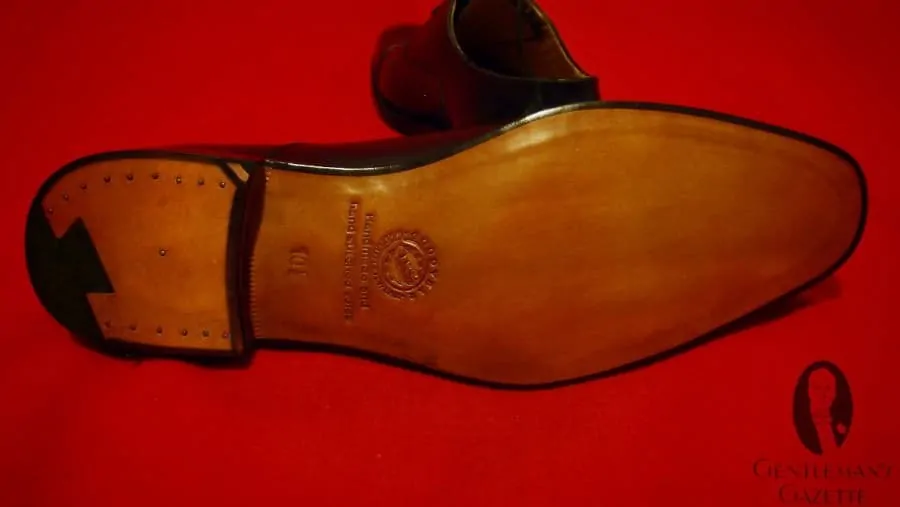
How Did the Goodyear Welt Get Its Name?
If you’ve already been thinking to yourself that the name Goodyear sounds familiar, you’re probably thinking of the American engineering manufacturer and inventor of vulcanized rubber, Charles Goodyear Sr. Accordingly, the Goodyear Tire and Rubber Company was posthumously named after him in 1898.
Charles’s son followed in his father’s innovative footsteps and came up with a manufacturing process that could be used to assemble various parts of a shoe. Prior to the invention and adoption of this process, shoes, as we know them today, had mostly been constructed by hand.
Using a process called hand welting the upper portion of the shoe would be sewn together with the sole using a boar’s bristle needle and waxed thread. And although this process allows the shoemaker maximum control on every stitch that goes into the shoe, it is also incredibly time-consuming and therefore cuts down on the overall number of shoes that can be produced.
Interestingly, hand welting is still practiced when it comes to higher-end men’s shoes and while it’s typically found mostly in bespoke shoes you can also see it in some made-to-order or even ready-to-wear shoes though it will obviously command a higher price because of the additional time put in.
Returning to Charles Goodyear Jr. and his Goodyear welting process, though, it was in 1871 that a patent was granted for his Goodyear welting machine. The machine allowed shoemakers to attach the sole to the upper in a fraction of the time that it would have taken to do by hand and thus the Goodyear welt became synonymous with quality shoemaking over time.
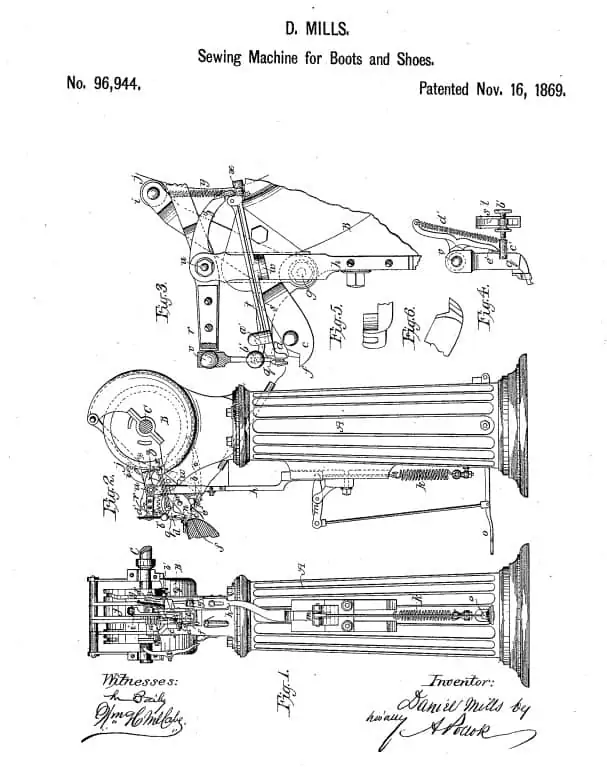
What Specifically Is Goodyear Welting?
Goodyear welting refers specifically to how the shoe is assembled. So, first, the welt which is a separate strip of leather is sewn together using the machine to the shoe’s upper. After the welt and upper are joined together, then the sole is sewn separately to the welt.
This construction method creates two separate stitches that aren’t attached to one another. So, in other words, the sole and the upper also aren’t sewn directly together. Instead, the welt is essentially acting as a barrier between the sole and upper, and because of this Goodyear welted shoes are overall more water-resistant than other types of construction.
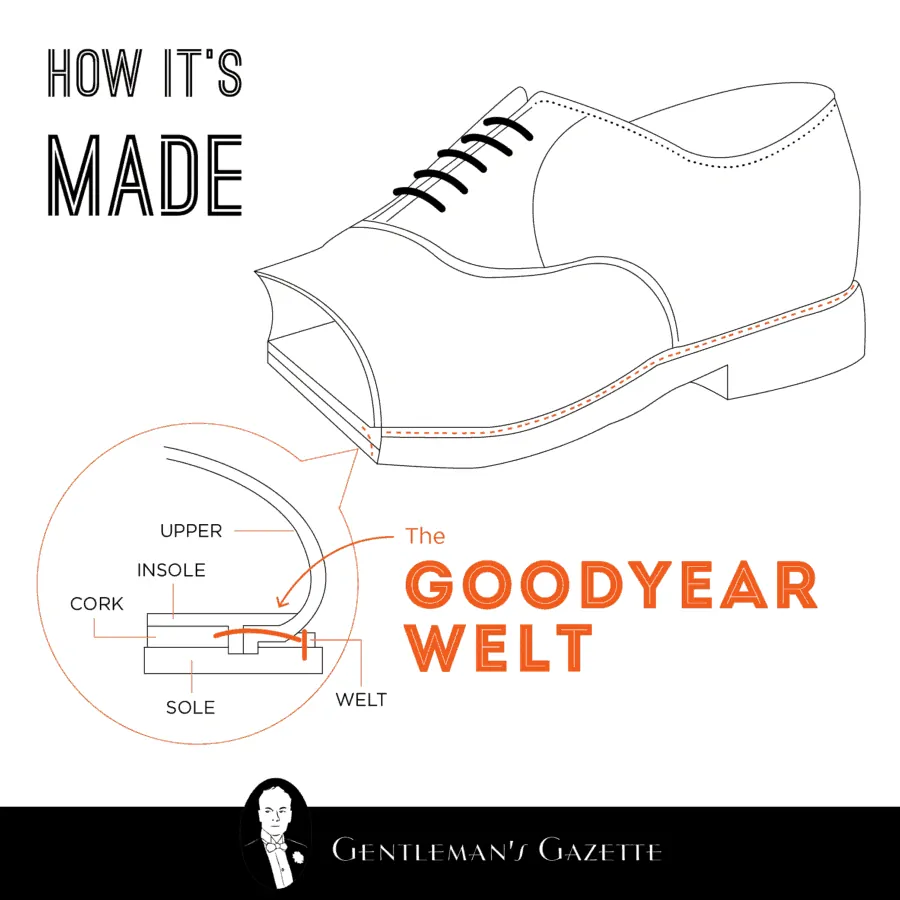
Goodyear welted shoes also have an increased ability to be re-soled and repaired but we’ll get to more on that later. Because the welt creates a bit of space between the sole and the upper, this space is filled with cork which gives the added benefit of having the shoe mold to the wearer’s foot over time and thus, becomes uniquely comfortable.
While it is possible to find Goodyear welted shoes today that use foam or other materials, cork is still, generally, the most commonly used material when it comes to Goodyear welted shoes.
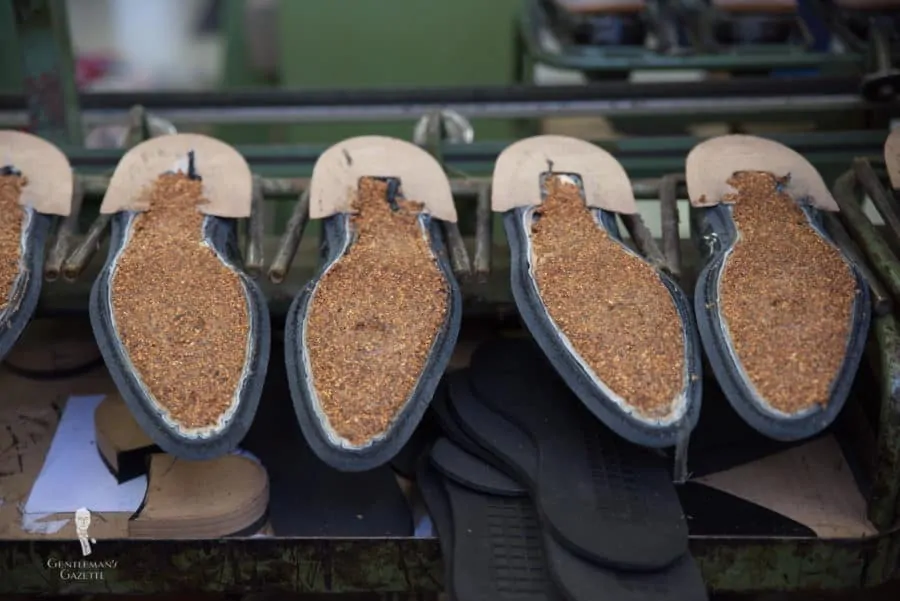
The Marketing Hype Surrounding Goodyear Welting Today
Given that Goodyear welted shoes have a long history already and we’ve said that the name Goodyear has become closely associated with quality shoes over time the question then becomes: what’s the problem with this? Well, as a result, the term Goodyear welted has been used extensively to sell shoes on its own merits and has been for decades.
While mentioning the various features of a product in order to sell it isn’t on its face a bad thing, these aggressive marketing tactics have only ramped up in recent years and decades with companies like Thursday Boots and Meermin Mallorca using the phrase “Goodyear welted” alone to sell their shoes as being of high quality. In other words, they’re making the Goodyear welting the main selling point.
If you’re interested in learning more about Meermin and what we think of their shoes you can find our review of the brand, along with several others, in our $100 to $300 men’s dress shoe roundup.
So, now that the phrase Goodyear welting is supposed to be directly synonymous with high quality in shoes or indeed the reason to buy a pair, let’s examine further whether Goodyear welting really is that good.
Just How Good Is Goodyear Welting?
As the saying goes, “no two things are exactly alike.” For example, even though many people today own a smartphone, smartphones aren’t all exactly alike. Features and apps are going to vary based upon the brand and model of smartphone, as well as the current operating system that it’s running.
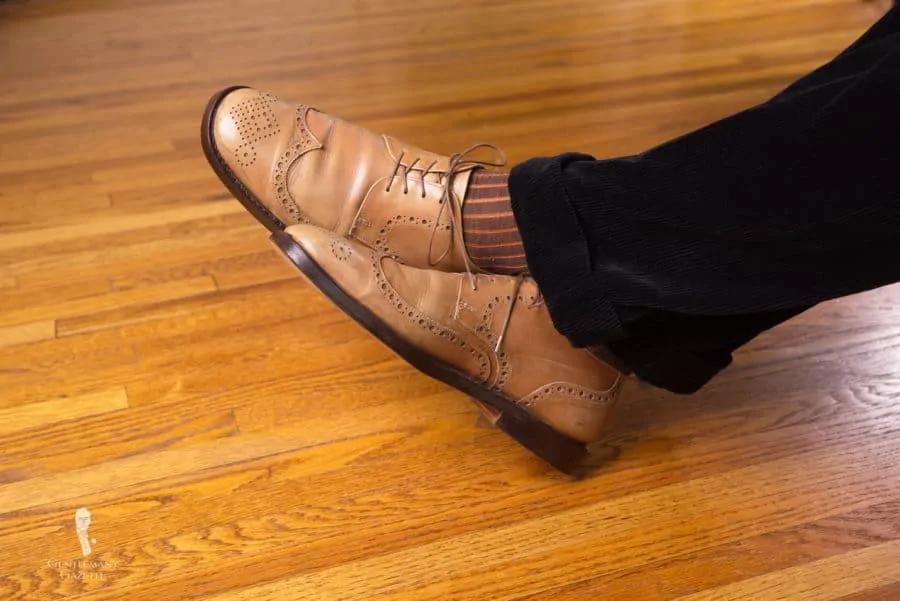
The same overall concept can also be applied to Goodyear welted shoes with different styles, quality of materials, and attention to detail that goes into the process. Remember that Goodyear welting refers specifically to the process by which the upper and sole of a shoe are attached to the welt so there are many other areas of the shoe that aren’t directly related.
The best way to explore this then would be to actually deconstruct a shoe to see all of its components.
Speaking generally, a pair of classic Oxford dress shoes are made up of the following components: the upper leather, leather lining, tongue, laces, insole or insoles, leather welt, shank, sole filler, sole, and heel.
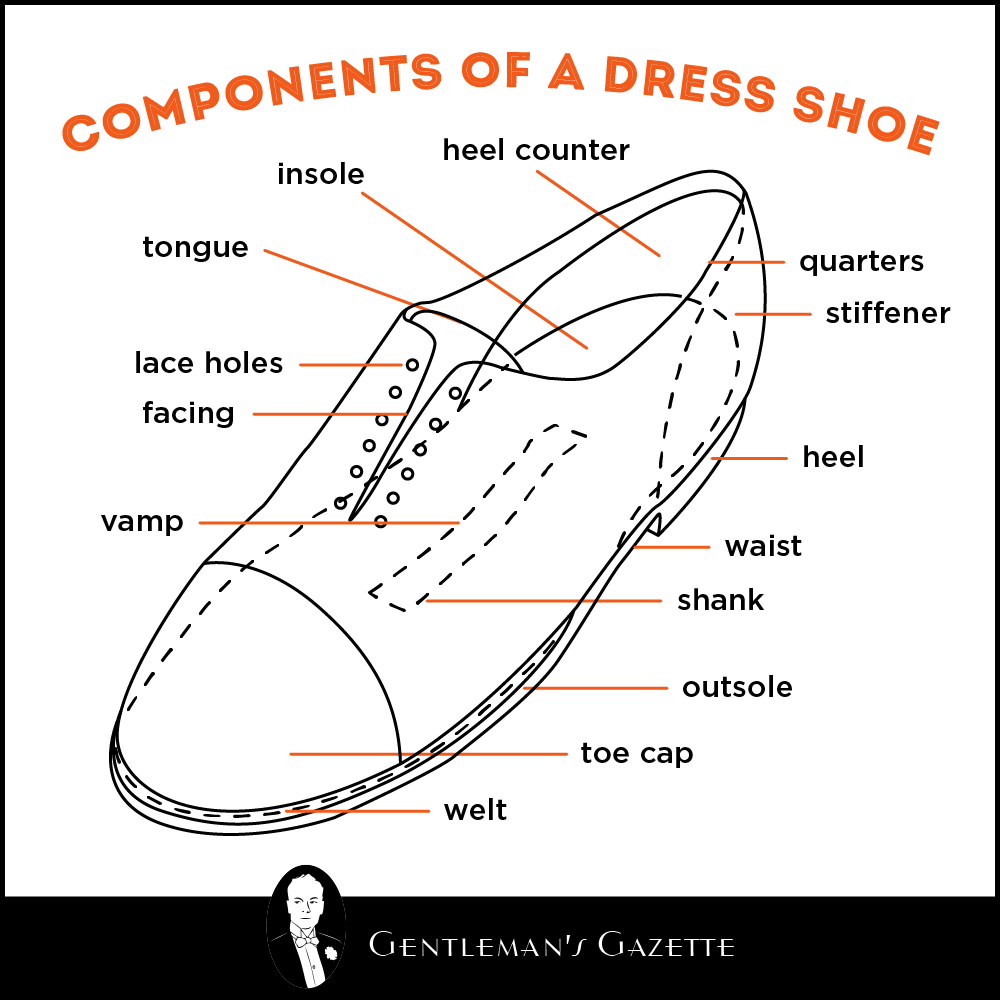
So, then, out of these 10 or so components of a finished dress shoe, the welt only accounts for one-tenth of that. In mathematical terms then can 10% of the shoe also speak for the quality of the other 90%? We’re sure you’ll agree that the answer here is obviously no.
With so many different components to consider, it is vital that you cast a critical eye over the entirety of the shoe to examine its quality from multiple angles.
The Upper Leather
The principal focal point here is probably going to be the upper leather of the shoe as that’s what’s going to be most visible. First of all, do you have any information about what kind of leather has been used?
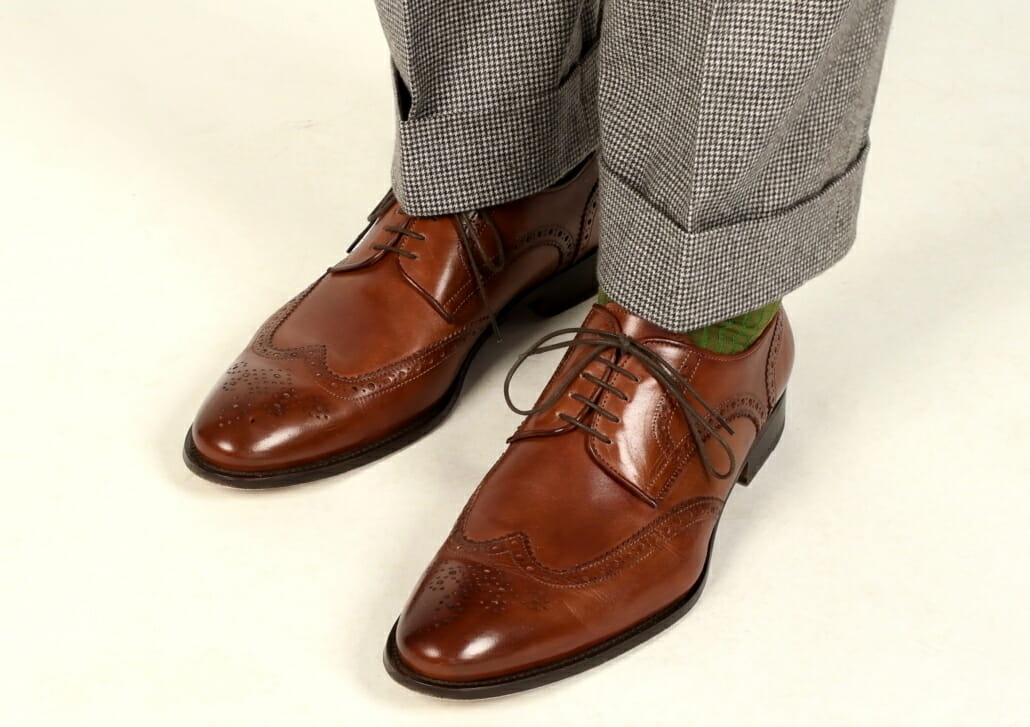
Leather is a natural product so it’s going to vary from pair to pair, and from manufacturer to manufacturer even if it’s the same overall type of leather. Calf leather from cows is most commonly used when it comes to shoes and other leather goods but there are also other kinds, such as Cordovan or horse leather, as well as deerskin or even exotic leathers like crocodile or ostrich.
All of these are going to look, feel, and perform differently so it’s good to have a basic understanding of the different kinds of leather. And aside from identifying the type of leather used, it’s a good idea to give your shoes a once-over to see if they’re of uniform quality or if there are areas featuring blemishes or other inconsistencies.
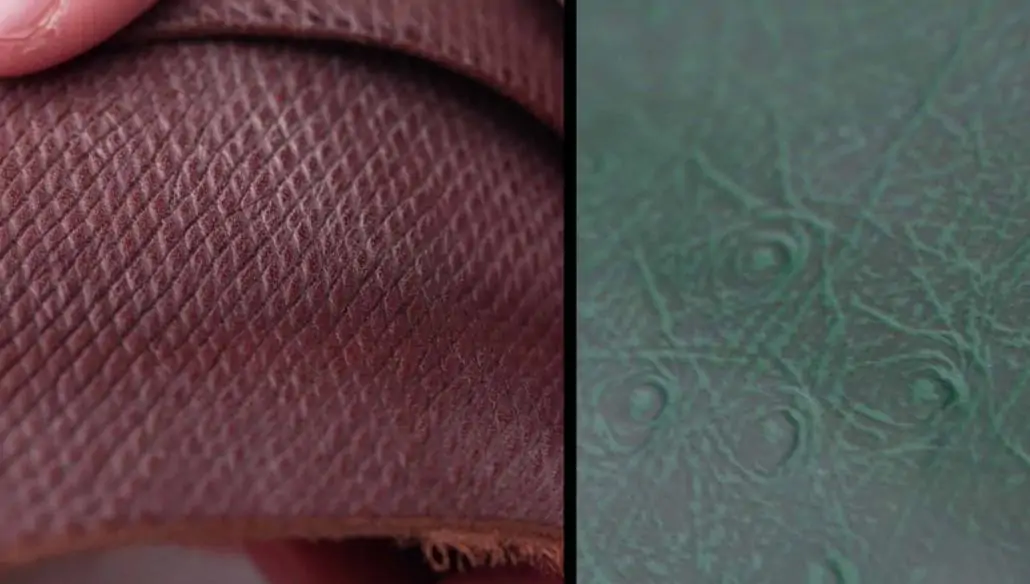
We’re not saying that a pair of shoes needs to be 100% pristine before you should consider buying them. After all, different retailers will often market factory second shoes – Allen Edmonds is a good example – and these shoes are openly communicated to have slight defects in various places around the leather. Still, this should be something you’ll want to consider and any major defects should scare you away.
The Sole and Heel
You’ll also want to consider the sole and heel of the shoe, and what they’re made of. While leather is the most traditional choice, not all quality shoes have to have leather soles and heels, as a rule, these days. Practical alternatives like Vibram or Dainite rubber are also becoming popular and they give the wearer more traction.
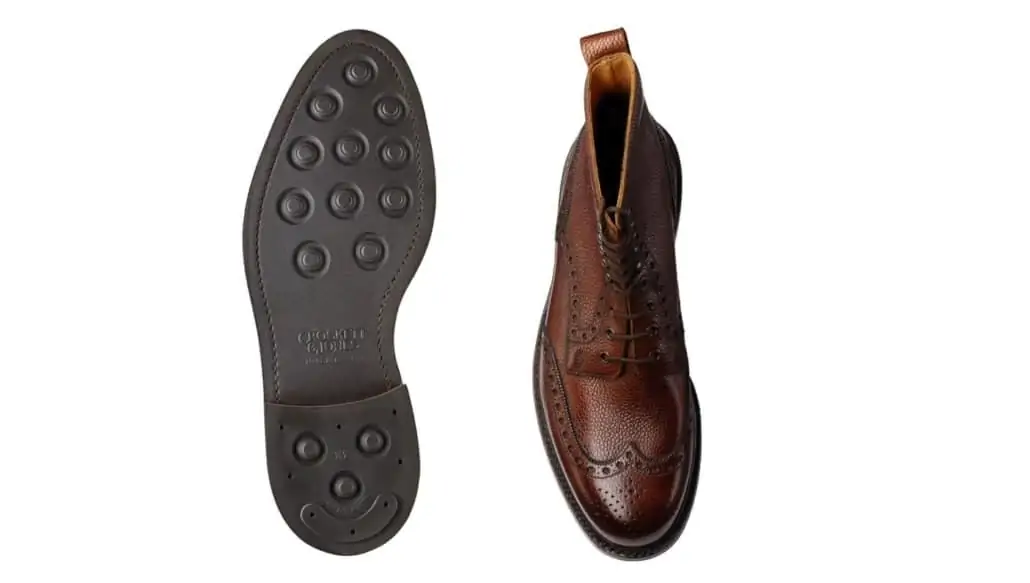
Some brands such as Crockett and Jones are also developing slim, elegant city rubber soles that don’t contribute to a chunky look to the shoe as other types of rubber soles might.
All of these materials can be attached to a leather upper using the same process of Goodyear welting so the choice of what sole you have should come down to the context in which you think you’ll be wearing the shoes.
You’ll probably want to steer clear of a chunkier Vibram sole if you’re going to wear a shoe in a formal setting like a business meeting, for example, but if you want greater water resistance or traction, you may want to consider a rubber sole or applying a rubber half-sole as I’ve done with many of my shoes.
Regardless of the material you choose, you’ll also want to make sure that there aren’t any deep cuts or marks in the sole of the shoe as this is going to affect its water resistance in particular over time.
Open vs. Closed Channel
Let’s also discuss briefly the difference between open and closed channel stitching when it comes to Goodyear welted shoes. The channel refers to the small ridge that is cut into the sole in order to prepare it for Goodyear welting. If the sole didn’t have this channel, the stitching would sit proud outward from the sole and would lead to an uncomfortable walking experience as well as wearing the stitching more quickly.
An open channel is where this ridge and the stitching inside of it are fully visible on the bottom of the shoe, whereas a closed channel is where a small portion of the sole is cut up and acts like a lid. Once the stitching is performed, this lid portion of the sole is folded back over the stitching and secured down with glue.
Closed channel soles are a bit more aesthetically pleasing to the wearer overall but other than this they don’t really offer any direct benefits. Granted, a small amount more dirt and grime might accumulate in an open channel but this can easily be solved with a good brushing.
If you go with an open channeled sole on your pair of dress shoes, you’ll readily be able to inspect the quality of the stitching but if you go with a closed channel you should just look at the handiwork overall. Wavy soles should be a red flag.
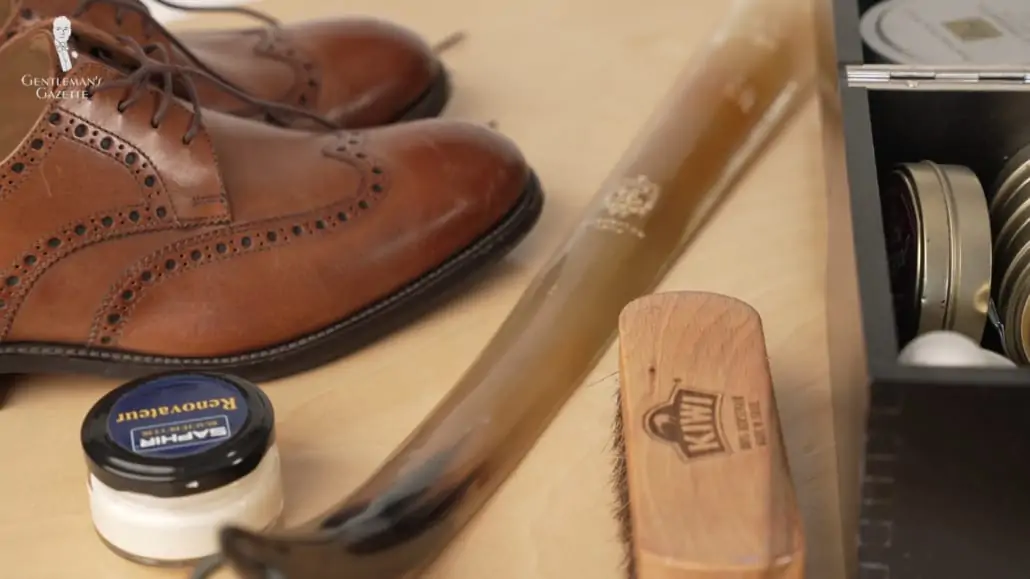
Finally here, be sure to look at the shoe as a whole – paying attention to the stitching, to make sure if it’s even and neat, the polish and whether it’s smooth and consistent or starting to flake off, and the laces, because a good quality shoelace is typically a sign of a quality shoe. And you can trust us here because we definitely know a thing or two about shoelaces.
Alternatives to The Goodyear Welt
Perhaps the biggest misconception about Goodyear welting is that it’s the only method used when it comes to the construction of quality shoes. This, however, couldn’t be further from the truth. In fact, there are a number of other methods that can also be used on a quality pair of shoes.
Blake Stitch
The main alternative to a Goodyear welt is the Blake stitch, where the upper is stitched directly to the sole of the shoe. Because no welt is required, the finished shoes have a lighter and more flexible feel as compared to Goodyear welted models. It also means that the soles can be cut closer to the upper which provides for a slim and elegant look often used on Italian-made shoes and good for things like opera pumps.
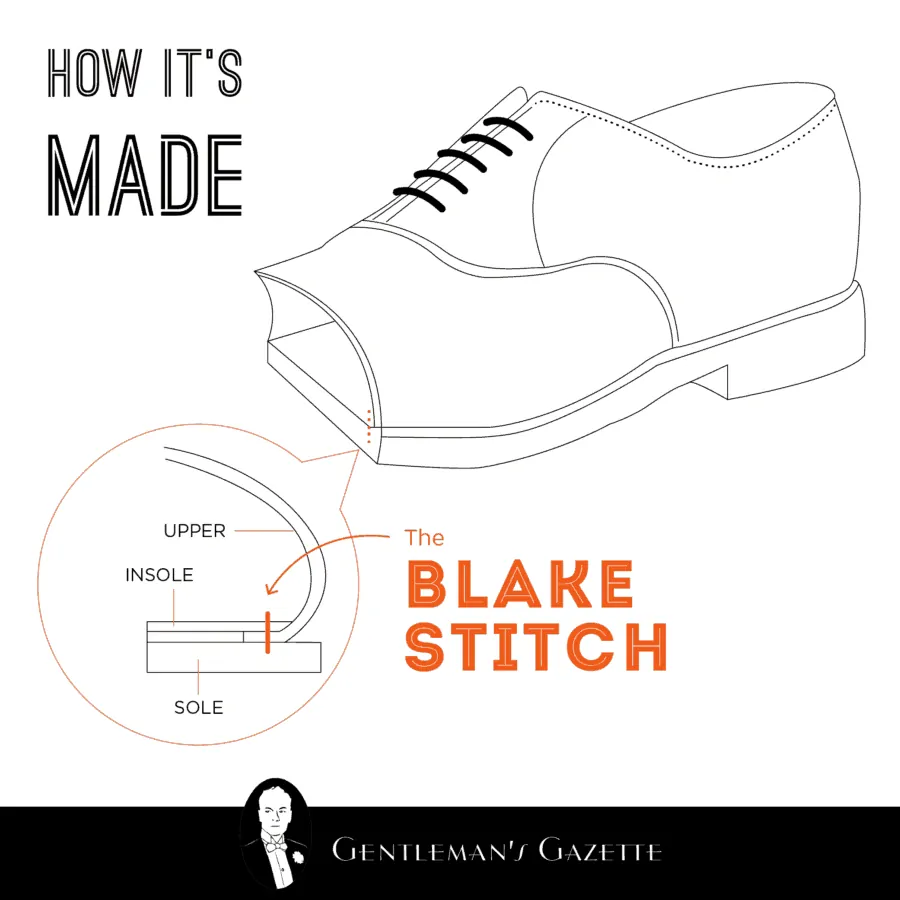
Blake Rapid
Closely related to the Blake Stitch is the Blake Rapid method where the upper and the sole are separately sewn to a midsole. The main difference of this to the Goodyear welt is unlike the strip of the welt, the midsole is a single whole piece of flat leather.
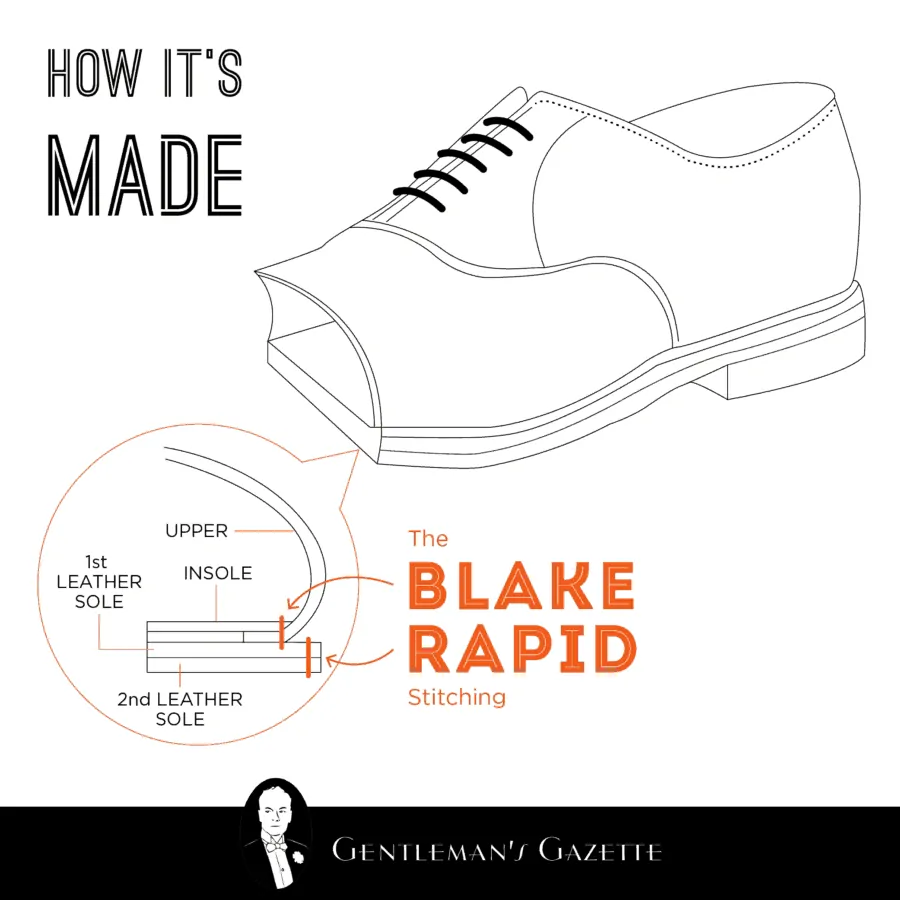
The Blake Rapid method creates a very similar look overall to a Goodyear welted shoe, at least from the outside. On the inside of the shoe, you’ll also be able to see visible stitching and this is a giveaway for the Blake Rapid method.
Hand Welt
The hand welt, as we already mentioned, used to be the standard but is now solely the purview of upscale or bespoke shoes. The overall construction method is similar with the upper and sole being sewn to a welt but because it’s all done by hand, this takes much more time and effort and, thus, commands a higher price. The results are generally exquisite, though, so you do get what you pay for.
Norvegese
The Norvegese or Norwegian welt is characterized by a distinctly visible stitch all around the welt of the shoe from the outside. As opposed to the Goodyear’s half in, half out welt, the welt on a Norwegian shoe is completely around the outside and it’s therefore famed for its waterproofing qualities. As such, it can also be referred to as a Storm welt.
Norvegese constructed shoes work particularly well in colder or wetter environments, and while the overall look is a bit chunkier, it’s still a welcome addition to a classic shoe wardrobe especially when paired with an elegant last shape.
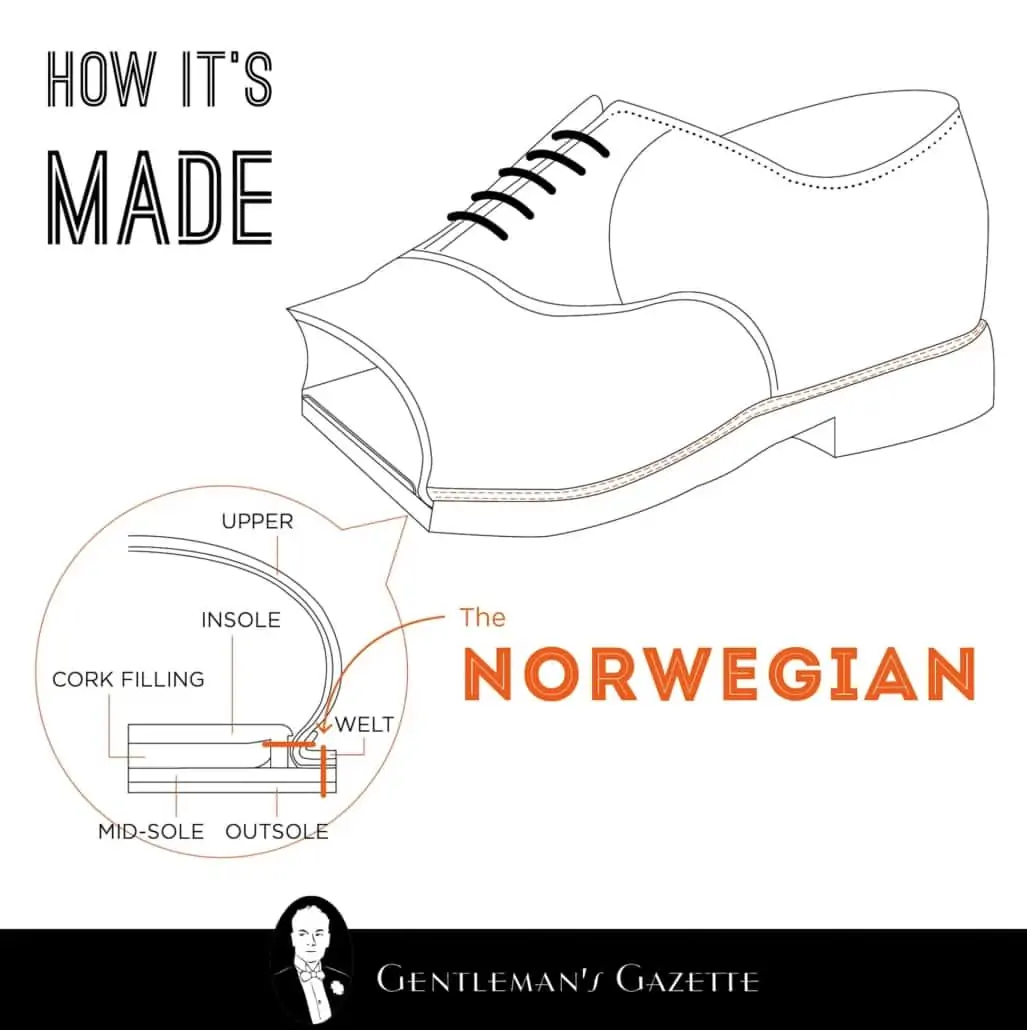
Cemented
Perhaps the most readily available method of shoe construction today is the cemented or glued construction. This is the quickest, cheapest, and easiest method of attaching an upper to a sole where the two are simply glued together and it’s ideal for the mass production of shoes that goes on today
Although it’s most commonly found on lower-end budget shoes, it can also be found on shoes with eye-watering prices attached usually with a big name brand name.
Cemented shoes are typically lightweight and flexible and will have almost no break-in period; meaning, they’ll be comfortable right away but the cemented method is the most easily prone to coming apart over time, and it’s also most commonly used in shoes, where the construction and materials elsewhere around the shoe are also of low quality.
Shoes with cemented construction are also exceptionally difficult to re-sole, as getting the soles off is more likely than not going to damage the uppers. Most cemented shoes, then, are going to be a repeat purchase over time and, therefore not very sustainable.
Cemented shoes are generally going to be of low quality and we would suggest that you avoid them in favor of more classic and durable methods like the Goodyear welt.
Whom Is A Goodyear Welt For?
With all characteristics of the Goodyear welted shoes and the alternatives available examined, how do you know if the Goodyear welt is for you?
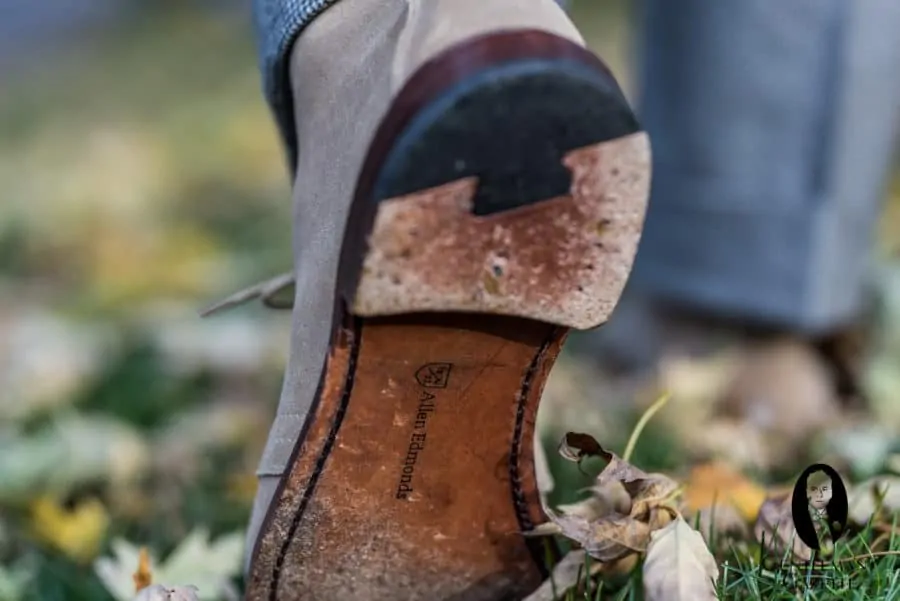
If you want a sturdy pair of shoes
Firstly, if you want a sturdy pair of shoes consider going with a Goodyear welt. As we’ve already discussed, they are easily re-solable and naturally fairly durable. As such, when properly cared for, your shoes are going to have a much longer lifespan than a pair of cemented shoes and be much more sustainable.
While Goodyear welted shoes are easily re-soled by a skilled cobbler, it will take some time for them to perform the job – usually a couple of weeks. To many, though, this is ultimately seen as a benefit as the cost of replacing the soles is going to be much smaller than the cost of buying a new pair of shoes every time your previous pair wears out.
As a side note here, don’t forget to give your shoes a quick brush down at the end of the day as this will remove dirt and grime particularly focusing on the uppers and the channel of the stitching, and will extend the wearable life of your shoes.
If you want to invest in quality shoes
If you’d like to invest in a quality pair of shoes, consider one that has a Goodyear welt. Ultimately, of course, it’s your choice on how much money you’d like to spend on a pair of shoes. Overall, though, we can say that you’ll want to be looking at things generally in the $200 to $400 range, as anything below this price point starts to get a bit dodgy in terms of quality.
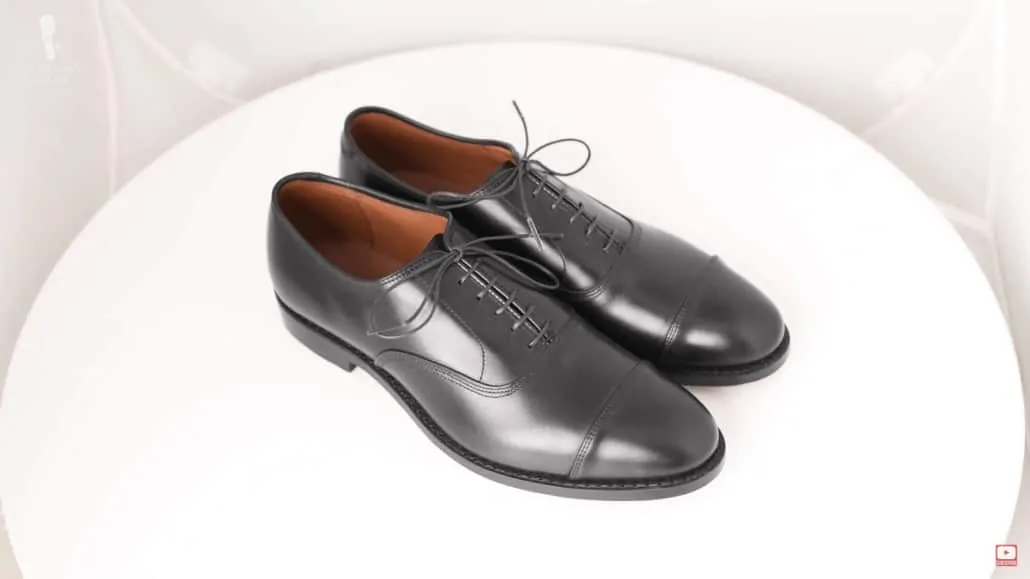
You’ll also want to invest in a few other shoe care items like shoe trees to help your shoes keep their shape, a shoe brush, cream, and wax polishes to use, and replacement shoelaces as there’s nothing more frightening than a frayed lace.
Also, a shoehorn should ideally be used every time you put on your shoes in order to protect the integrity of the heel area.
Whom Is A Goodyear Welt Not For?
As with most things in life though, a pair of Goodyear welted shoes isn’t going to be for absolutely everyone. As such let’s look at a few cases where you might want to consider something other than a Goodyear welted shoe.
If you need a pair of comfortable shoes, without breaking them in
Firstly, this might be the case for you if you need a pair of shoes that’s going to be comfortable right away. Due to the multiple layers of leather, welting, cork, and soles, a Goodyear welted shoe is likely going to be a bit stiff when you first take it out of the box. This is a normal part of the breaking in the process but if you’re new to Goodyear welted shoes it’s probably going to seem uncomfortable at first.
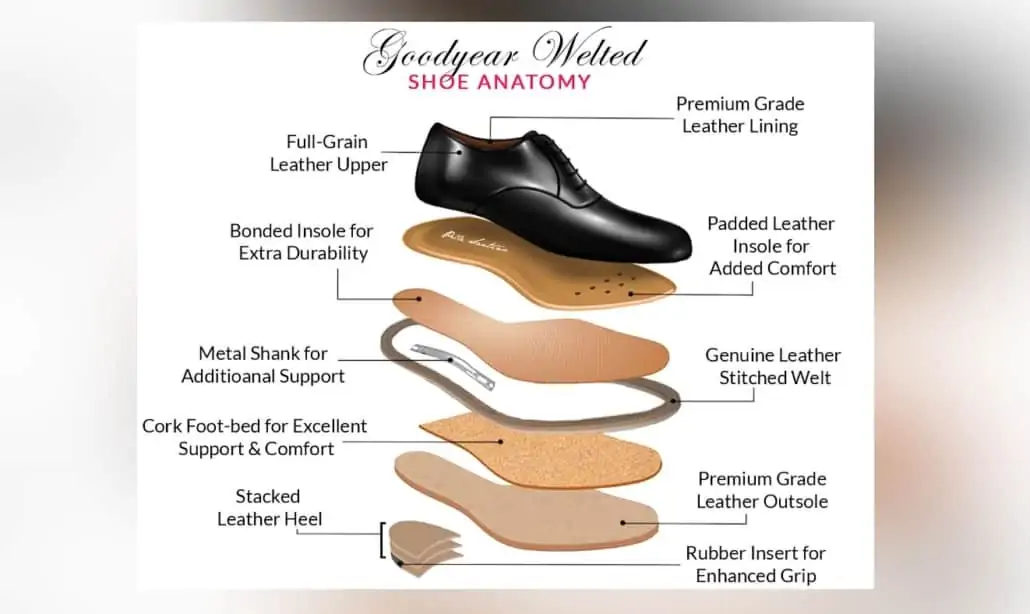
Your shoes will become more comfortable over time but if you’re not wearing dress shoes often, this process is going to stretch out even longer as your shoes aren’t getting regular wear.
If you’re not looking to invest in shoes yet
You may want to think twice about buying Goodyear shoes if you’re not comfortable or ready to make an investment in your footwear. We realize that a pair of quality Goodyear welted shoes isn’t exactly going to be inexpensive for everyone. So, if your immediate budget won’t allow for it, you may want to think twice.
Still, Goodyear welted shoes of high quality can be found for lower than retail prices online if you’re shopping for vintage pairs in particular.
Conclusion: Myth or Magic?
By taking into account all of the pros and cons, as well as blowing away the fog of hype, we can say that overall, Goodyear welted shoes are generally a solid choice when it comes to quality footwear when you know what to look for, and you’re willing to invest a little bit of time and money.
In other words, if you do your homework, Goodyear welted shoes can definitely be a magical addition to your wardrobe.
Outfit Rundown
I am, of course, wearing a pair of Goodyear welted shoes. These come from the brand Moral Code which was one of the brands featured in our $100 to $300 roundup. The overall construction of the shoes definitely seems solid as I’ve been wearing them on and off for about a year and a half now, and while the quality of the leather isn’t the greatest, even compared to other brands of shoes that I currently own, I still keep them in regular rotation.
To go with these tan shoes, much of the rest of my outfit also has a brown color feel, including my plain brown trousers and light tan herringbone linen jacket. To add some color though, I’ve gone with a purple and green color feel starting with my Charles Tyrwhitt shirt which is in a lilac color and a small houndstooth pattern they call “puppytooth.”
The shirt has French cuffs and, inserted into them, I’ve got our Fort Belvedere platinum plated sterling silver eagle claw cufflinks with green Malachite as the stone. Also from Fort Belvedere today are my tie, which is in shantung silk and features green, purple, and cream stripes, my boutonniere, which is an all violet Christmas rose, and my shadow striped socks, which are in dark green and purple.
Rounding out the look today is a pocket square featuring tones of green, magenta, and orange to harmonize with the tie, boutonniere, and other wardrobe elements. And, of course, you can find all of the Fort Belvedere accessories I’m wearing in today’s video in the Fort Belvedere shop.
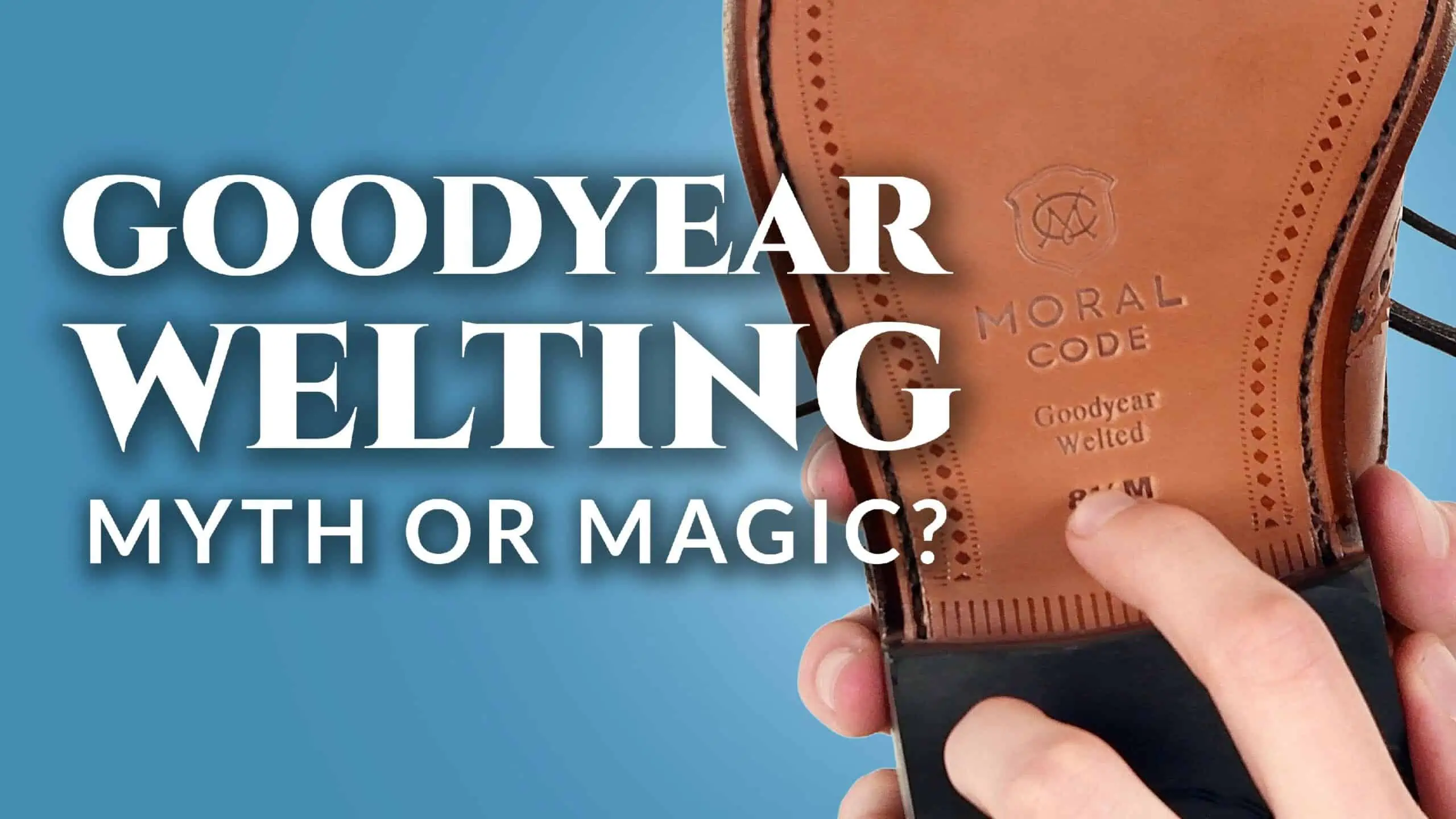

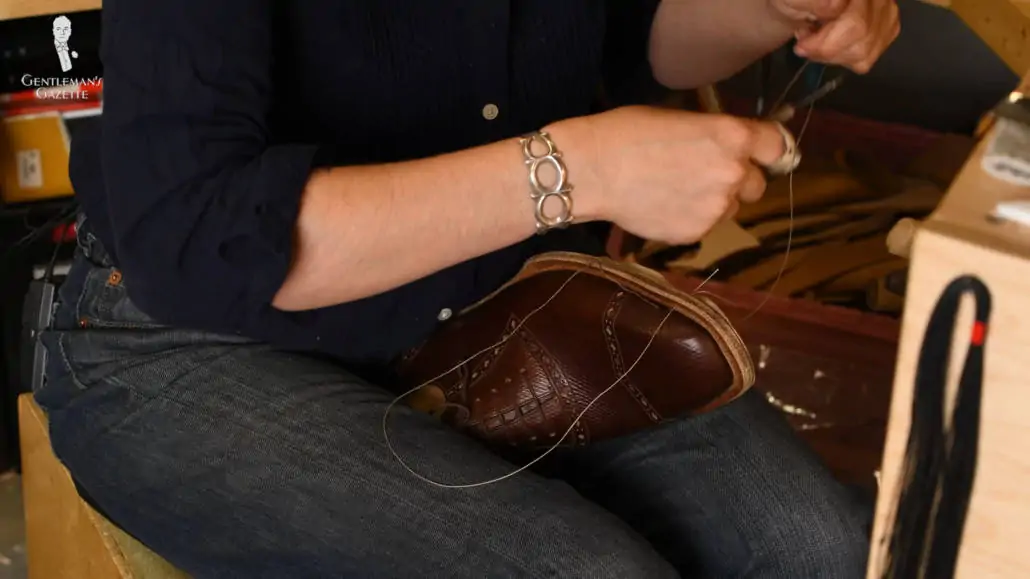
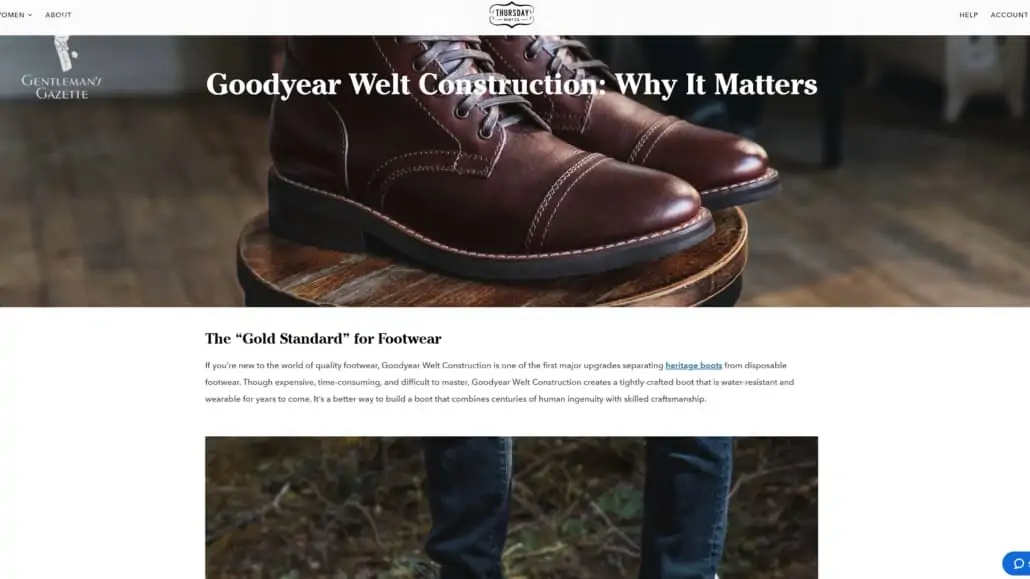
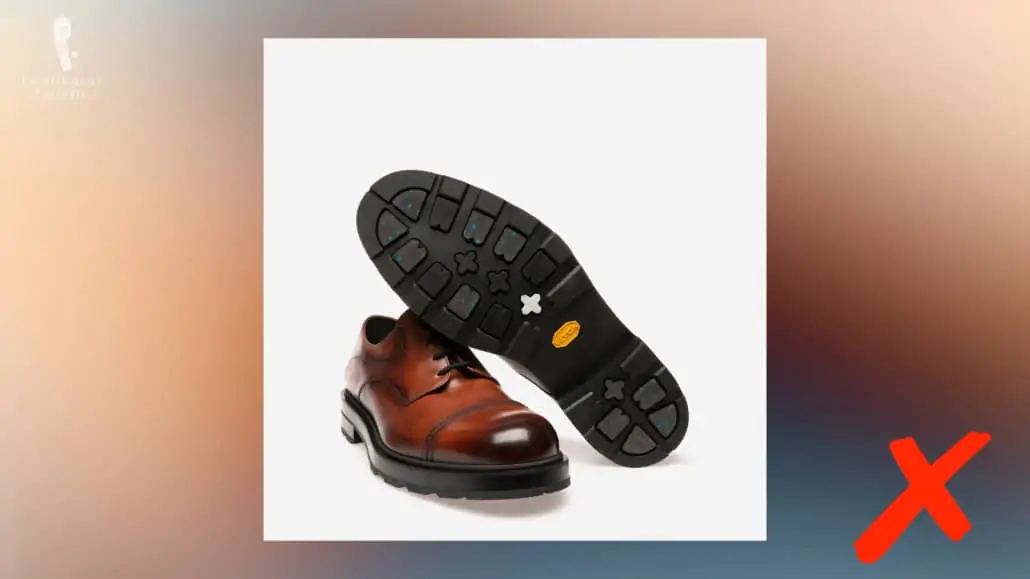
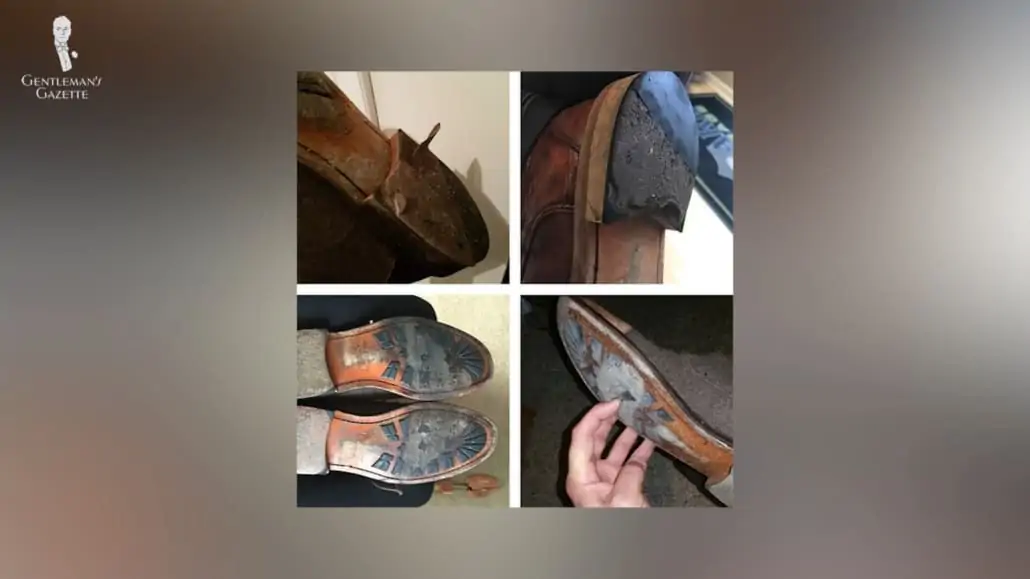
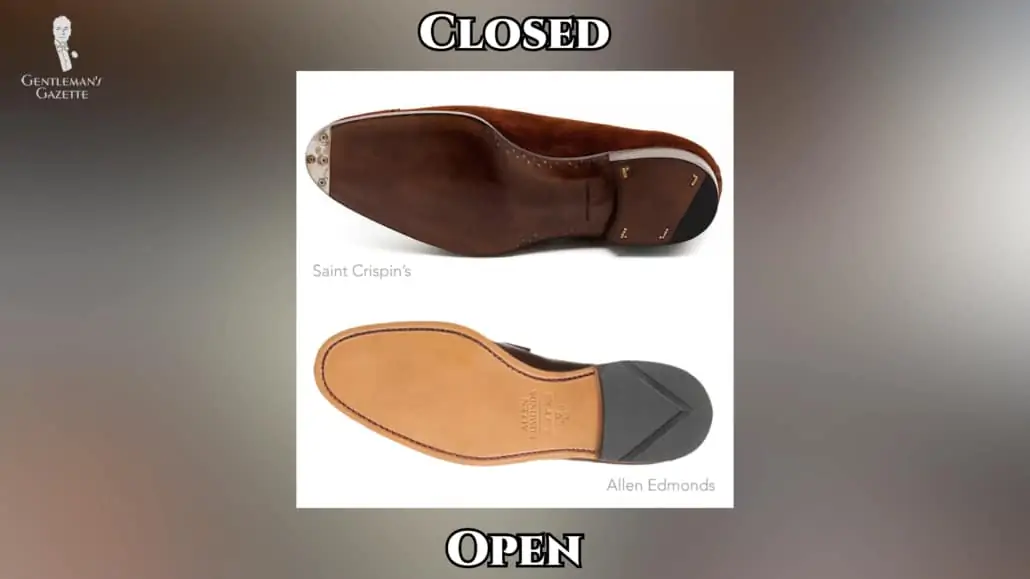
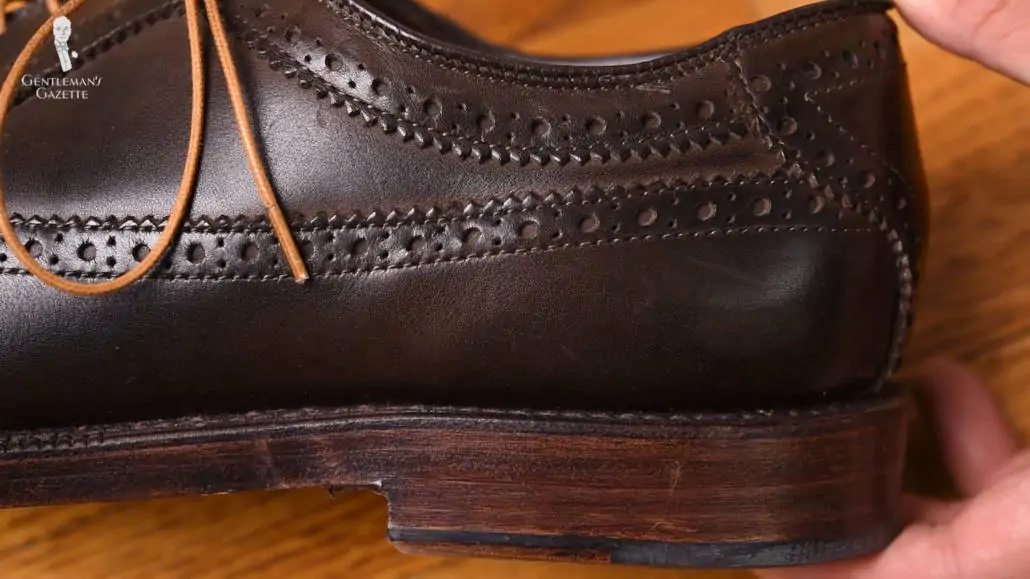
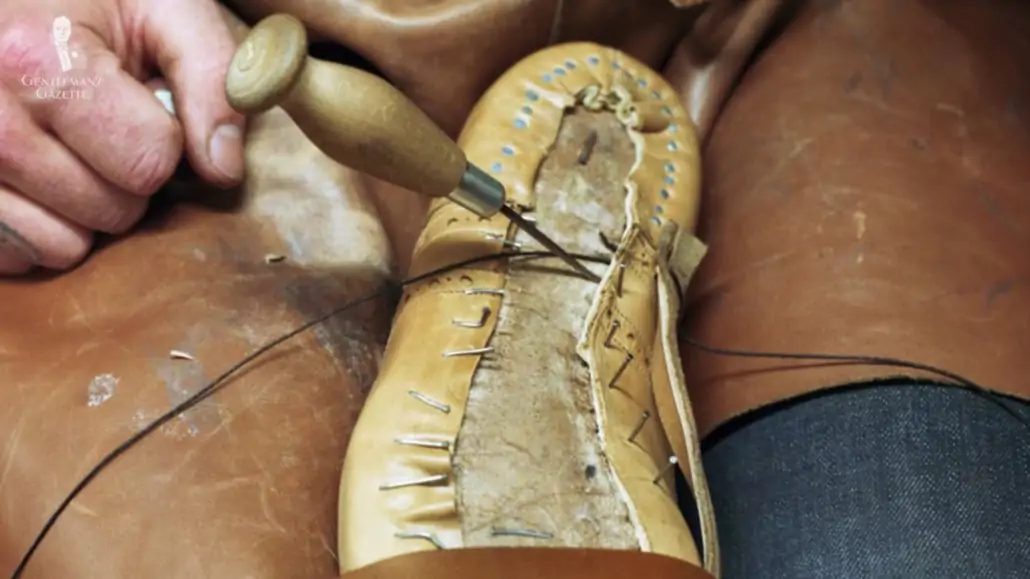
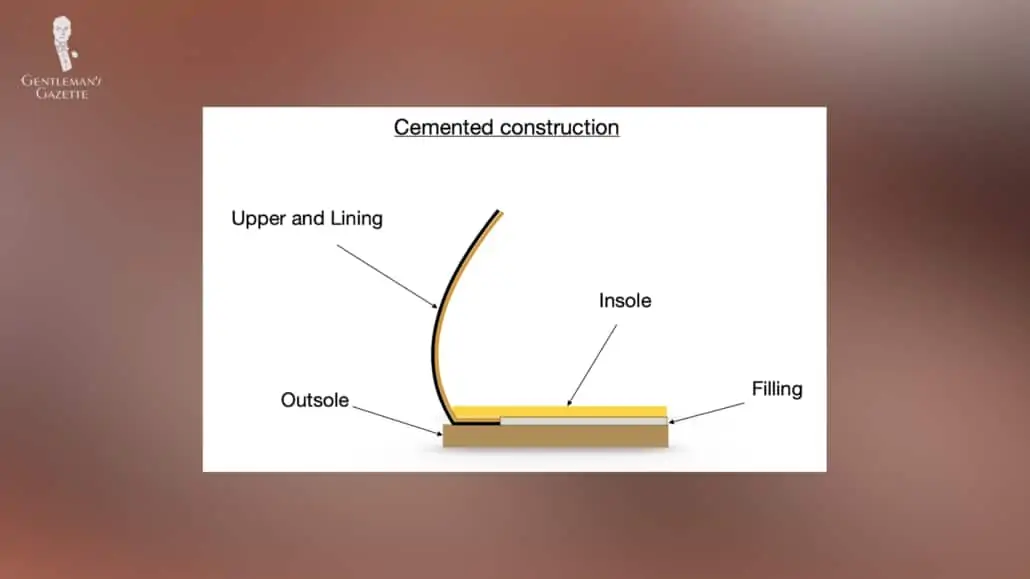
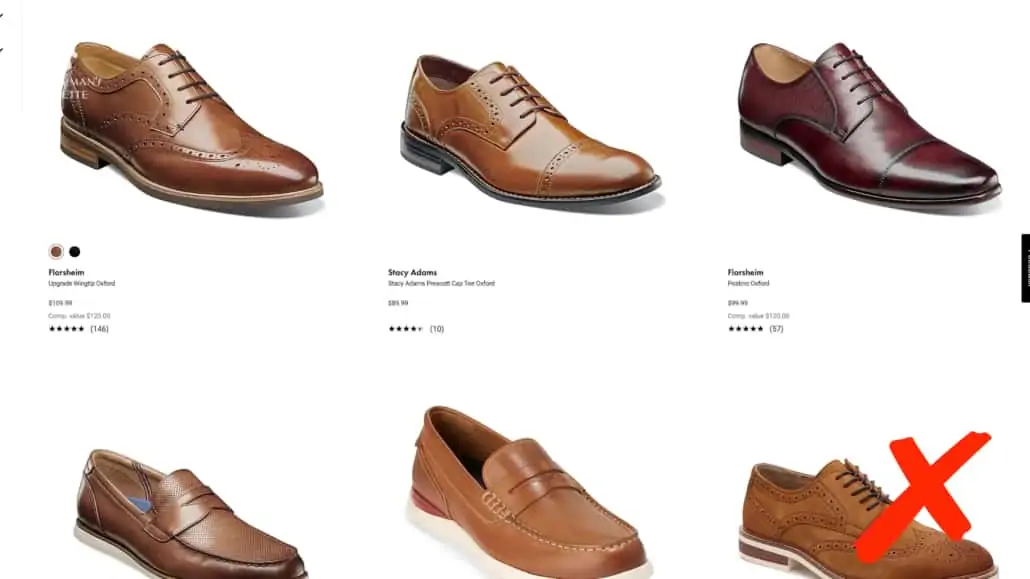
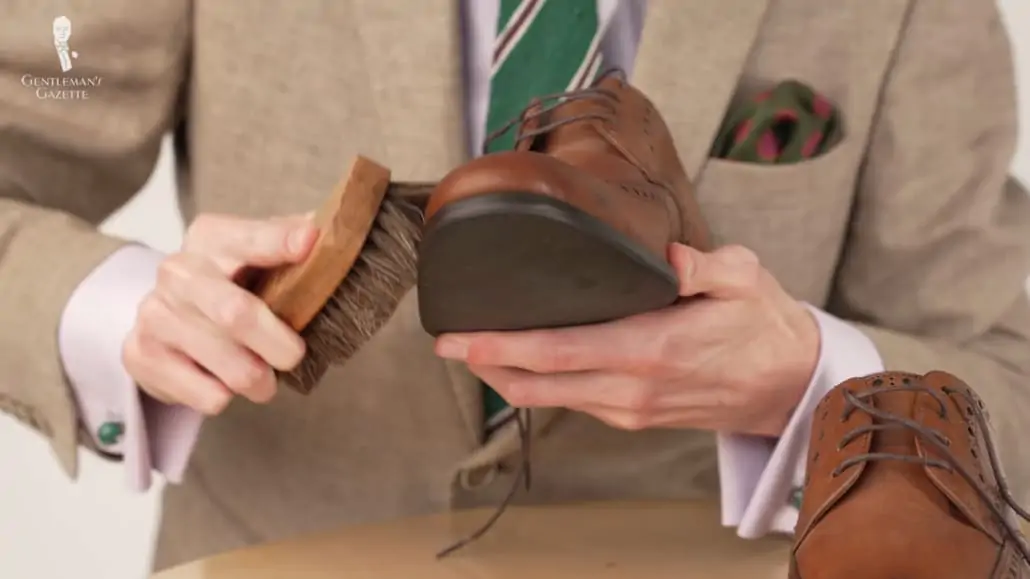
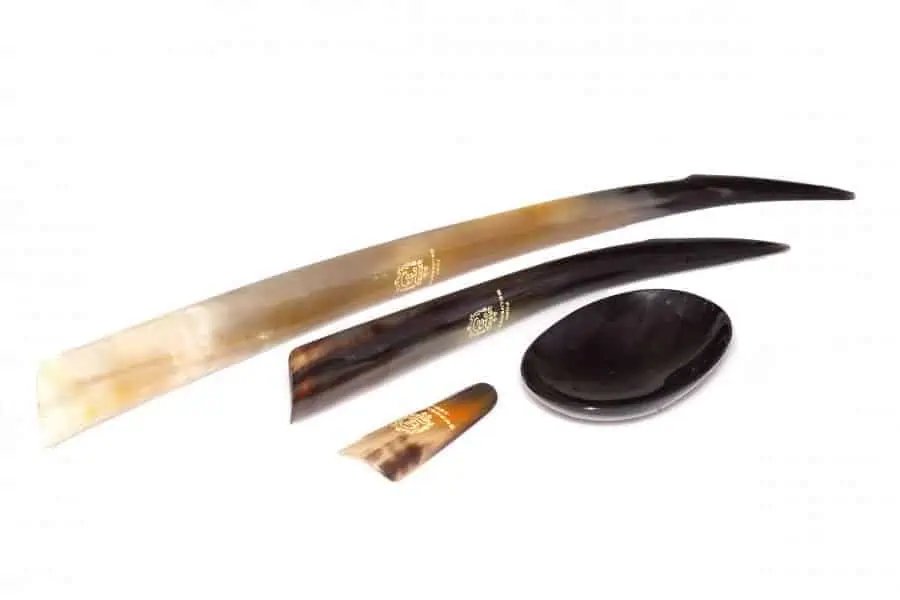
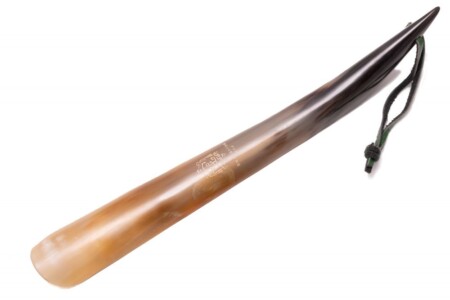
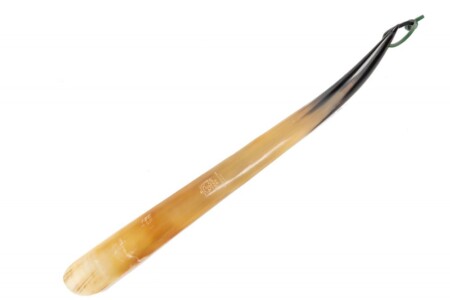

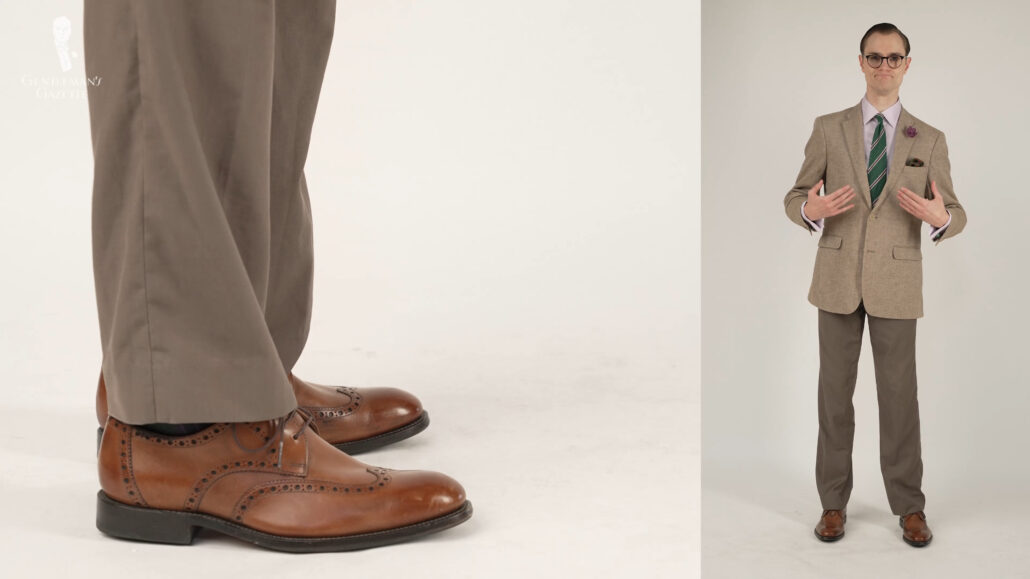
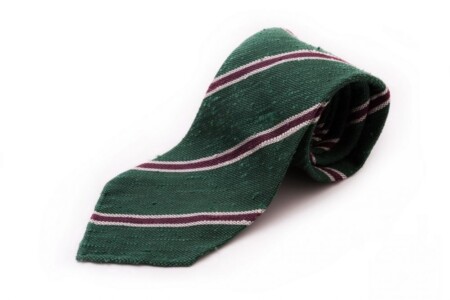
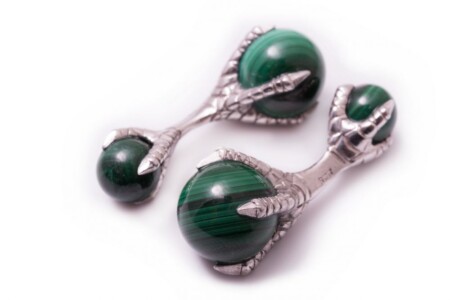
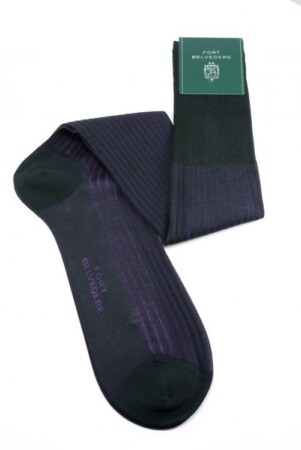
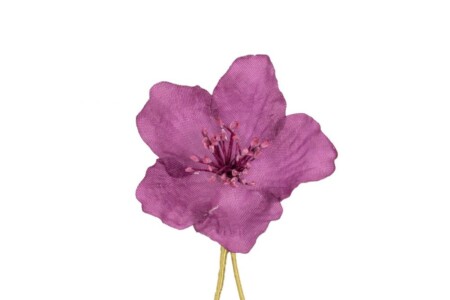
What about the Goodyear weltanshauung, Sven?
Is it overrated?